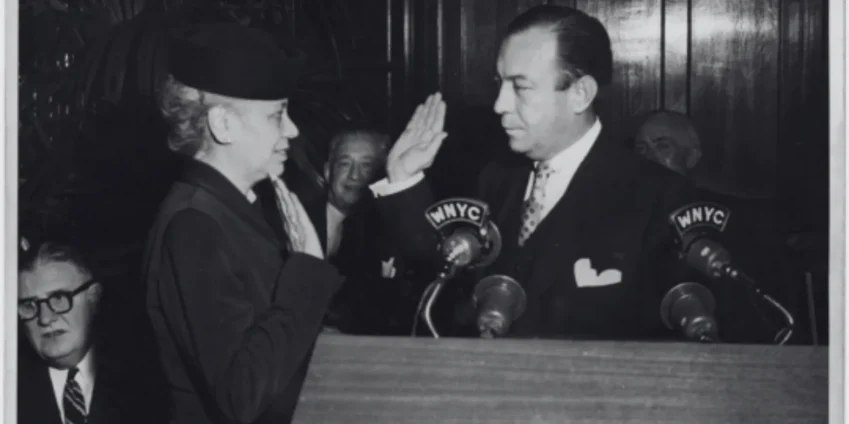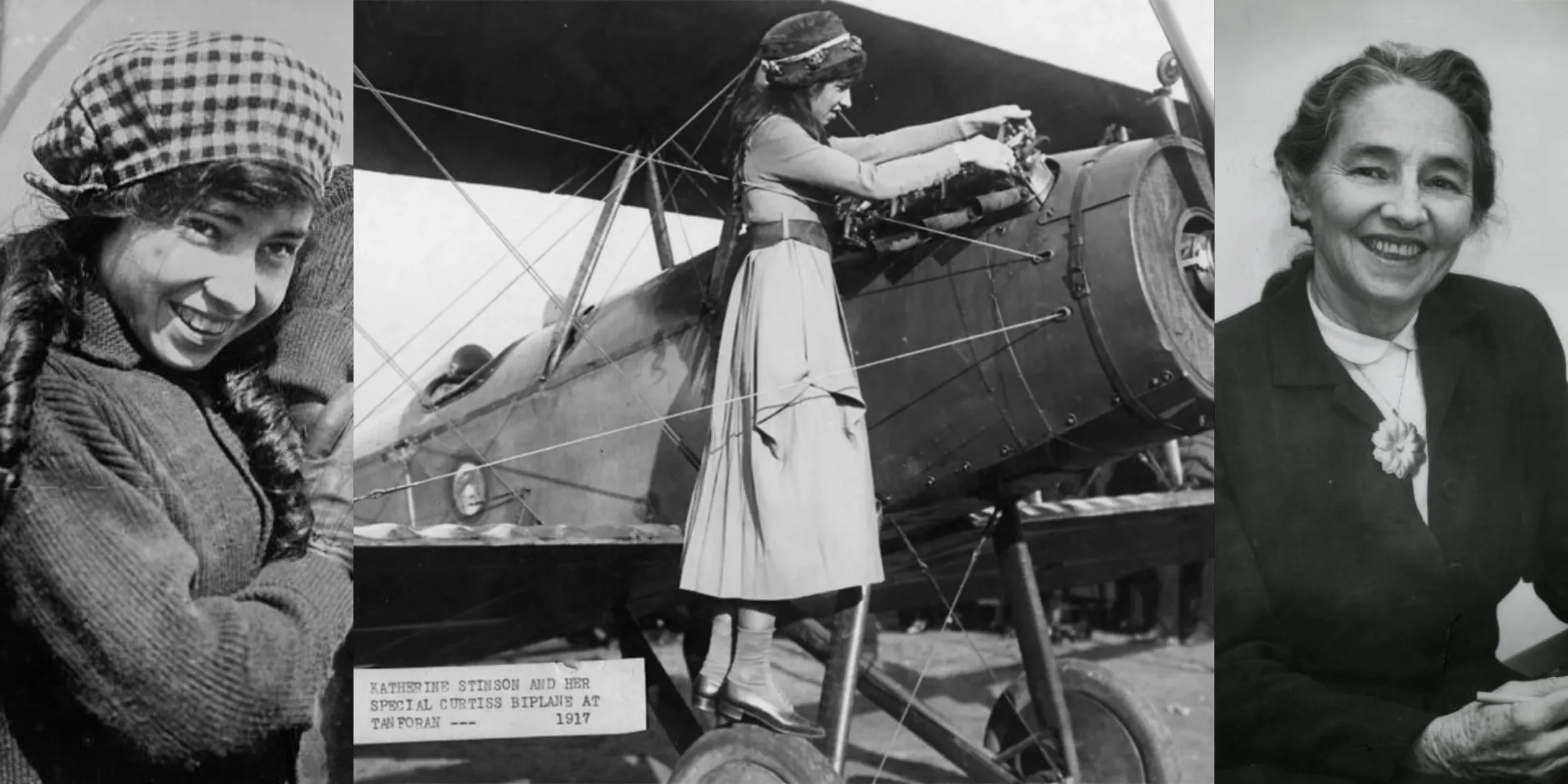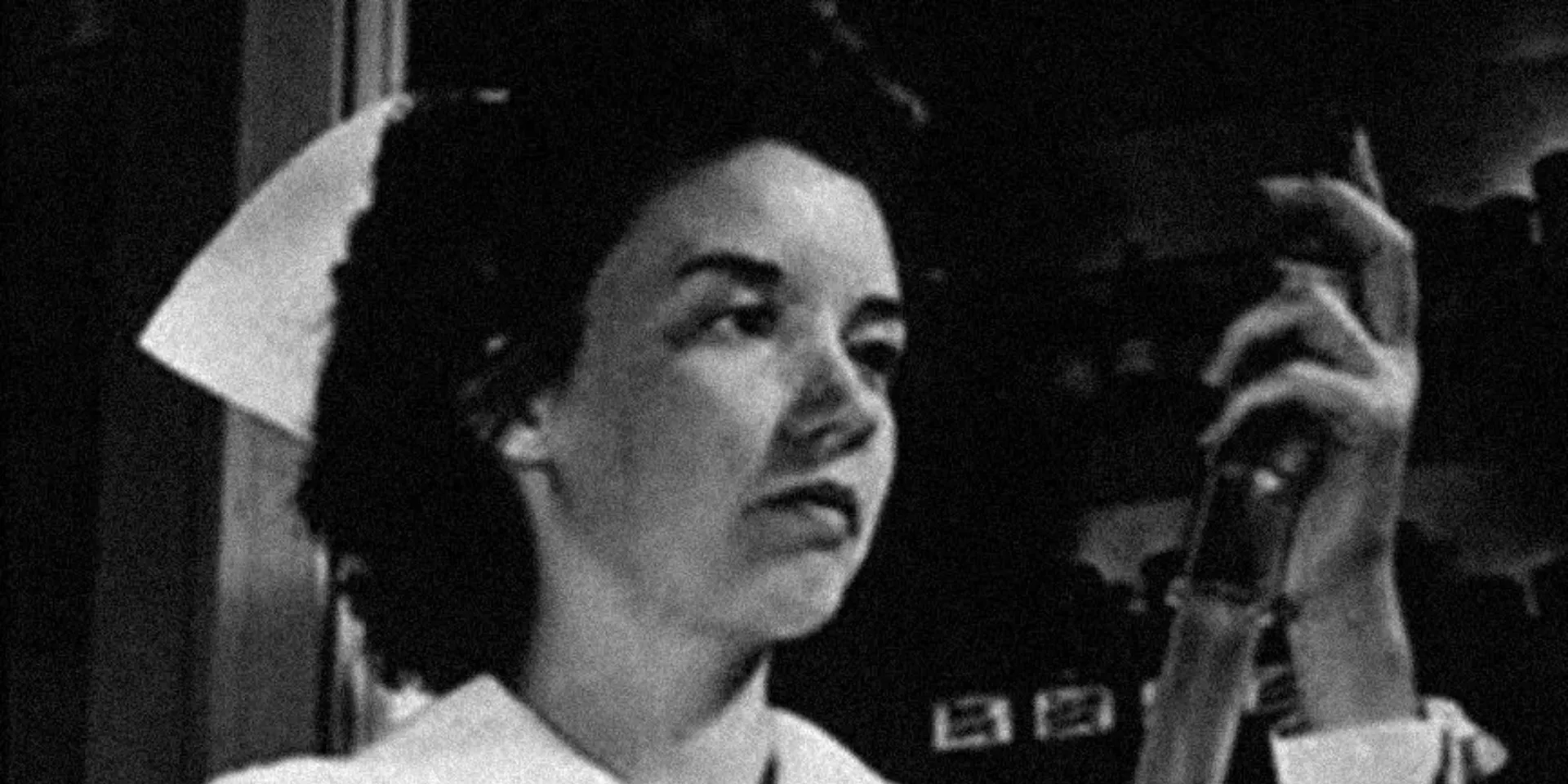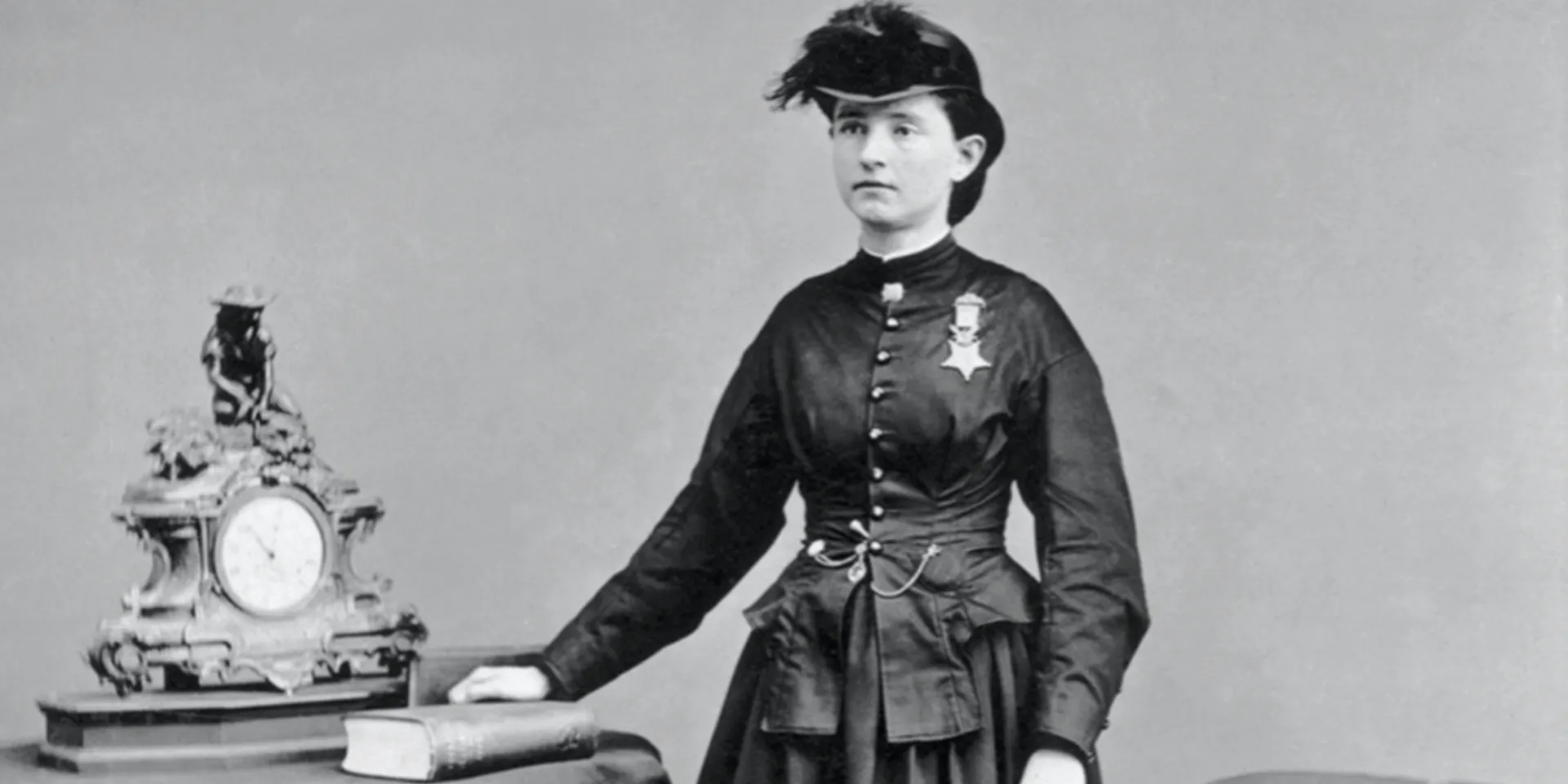Contents
ToggleAnna Arnold was born in Marshall, Iowa, on July 5, 1899, into what would become an extraordinary life of firsts. Her family moved to Anoka, Minnesota, when she was young, making them the only African-American family in the small town. This unique position shaped her worldview in ways that would later revolutionize American civil rights work.
Her father, William James Arnold II, created an environment where being the only Black family wasn’t a source of shame but a responsibility to excel. He stressed education with an intensity that went beyond typical parental encouragement. Anna learned to read at home because her father wouldn’t wait for the school system to decide when she was ready. This early literacy training gave her advantages that compounded throughout her life.
The Methodist Church became the Arnold family’s second home. In a town where they were racial outsiders, the church provided both spiritual guidance and social connection. Anna absorbed lessons about service, community organizing, and moral leadership that would later influence her approach to civil rights work. The church also gave her early experience speaking in public and organizing community events.
School became Anna’s proving ground. She couldn’t afford to be average when she was the only Black student in every classroom. Her father’s work ethic infected her studies. She excelled not just to make good grades but to prove that Black children belonged in any academic setting just as much as any other race. This pressure could have crushed a weaker spirit, but Anna transformed it into fuel for achievement.
The isolation of being the only Black family around taught Anna to navigate white spaces with a sophistication that most people never develop. She learned to read rooms, understand unspoken social rules, and build bridges across racial divides. These skills would later make her invaluable in negotiations between Black activists and white power brokers during the civil rights movement.
Breaking Barriers at Hamline University
In 1918, Anna graduated from Anoka High School and faced a choice that would define her future. She could have attended a historically Black college where she would have been surrounded by peers who shared her experiences. Instead, she chose Hamline University, a Methodist institution in Saint Paul where she would again be a racial pioneer.
Hamline University in 1918 was not prepared for Anna Arnold. She became the school’s first African-American student, breaking a color barrier that had stood since the university’s founding. The administration accepted her application partly because of her exceptional academic record and partly because the Methodist connection made rejection politically difficult.
College life presented new challenges beyond academics. Anna had to find housing when dormitories mysteriously had no space for her. She had to eat alone when other students avoided her table. She had to participate in classes where professors openly questioned whether Black students could handle college-level work. Each day required her to prove she belonged through excellence and dignity.
The intellectual environment at Hamline exposed Anna to ideas that would shape her political consciousness. She studied sociology, economics, and history from perspectives that challenged conventional narratives about race and power in America. When W.E.B. Du Bois came to speak on campus, Anna experienced an awakening. Here was a Black intellectual who refused to accept limitations, who argued that Black Americans deserved full equality immediately, not gradually.
Anna’s academic performance silenced doubters. She didn’t just pass her classes; she excelled in them. Her English papers demonstrated a command of language that surprised professors who expected less from a Black student. Her contributions to class discussions revealed a sharp analytical mind that could dissect complex social problems. By graduation, she had transformed from an outsider to an undeniable academic success.
In 1922, Anna became Hamline University’s first African-American graduate with a bachelor’s degree in English. The achievement meant more than personal success. She had created a path for other Black students to follow and proved that integration could work when institutions genuinely committed to it. Her graduation photo shows a young woman whose steady gaze suggests she understood the weight of being first but refused to let it bow her shoulders.
The Mississippi Reality Check
Fresh from Hamline’s relatively progressive environment, Anna accepted a teaching position at Rust College in Holly Springs, Mississippi. The decision seems counterintuitive – why would a Northern-raised Black woman choose to work in the Deep South? But Anna understood that real change required engaging with the worst of American racism, not avoiding it.
Rust College was a historically Black institution that served students who had been systematically denied education by Mississippi’s white supremacist system. Anna taught English and History to young people who were often the first in their families to attempt higher education. Their hunger for learning matched her passion for teaching, creating a powerful educational environment despite limited resources.
The segregation in Mississippi shocked Anna’s system. In Minnesota, racism had been subtle, expressed through social exclusion and lowered expectations. In Mississippi, it was violent, legal, and unapologetic. She couldn’t eat in most restaurants, couldn’t use public facilities, couldn’t even walk on certain sidewalks. The daily humiliations of Jim Crow revealed the systematic nature of American racism in ways her Northern upbringing hadn’t prepared her for.
Teaching at Rust College meant more than delivering lessons. Anna had to help students believe in possibilities that their society actively denied. When she taught them about American history and democratic ideals, she had to help them reconcile those ideals with their lived reality of disenfranchisement and oppression. This required a delicate balance between inspiring hope and acknowledging harsh truths.
The poverty of her students affected Anna deeply. Many arrived at college malnourished, poorly clothed, and academically unprepared due to Mississippi’s deliberately inferior Black schools. She often used her own salary to buy books and supplies for students who couldn’t afford them. This personal investment in her students’ success went beyond professional duty to become a form of resistance against a system designed to fail them.
After two years in Mississippi, Anna left with a transformed understanding of American racism. The experience had shown her that individual excellence, while important, couldn’t overcome systematic oppression. Real change would require organizing, political power, and sustained pressure on institutions. These lessons would inform every position she held for the rest of her career.
Building Power Through the YWCA
Anna’s next move took her to the YWCA, where she would spend years learning the intricacies of organizational power and social change. She didn’t stumble into this role – she strategically chose an organization that was grappling with its own racial tensions while maintaining enough influence to create real change.
Her first position was as executive director of a Black branch in Jersey City, New Jersey. The YWCA’s structure in the 1920s reflected American apartheid – separate branches for Black and white women, with unequal resources and influence. Anna’s job was to provide services to Black women within this segregated system while pushing for greater equality and integration.
The Jersey City role taught Anna about urban Black communities’ needs. She organized job training programs for domestic workers who wanted to transition to factory work. She created childcare services for working mothers who had no other options. She established educational programs that taught everything from literacy to labor organizing. Each program addressed specific needs while building Black women’s collective power.
Anna’s success in Jersey City led to positions in Ohio, Harlem, Philadelphia, and Brooklyn. Each city presented different challenges and opportunities. In Ohio, she had to build bridges between Southern Black migrants and established Northern Black communities. In Harlem, she worked with radical activists who pushed her thinking about capitalism and racial justice. In Philadelphia, she navigated tensions between Black churches and secular organizations.
The Brooklyn position became particularly significant because Anna transformed it from a traditional service organization into a center for political activism. She brought in speakers who discussed labor rights, voting rights, and international liberation movements. She organized protests against employment discrimination and police brutality. This activism eventually forced her resignation when the YWCA’s white leadership decided she had become too militant.
Throughout her YWCA years, Anna developed a sophisticated understanding of how nonprofits could be vehicles for social change. She learned to read budgets as political documents, to navigate board politics, and to build coalitions across different constituencies. These skills would later prove invaluable when she became the only woman organizing the March on Washington.
The Federal Government Years
When Harry Truman ran for president in 1948, Anna Arnold Hedgeman was recruited to work on his campaign. This wasn’t a token position – she became a key strategist for reaching Black voters who were increasingly frustrated with the Democratic Party’s accommodation of Southern segregationists.
Anna’s work on the Truman campaign demonstrated her ability to translate grassroots organizing into electoral politics. She didn’t just arrange rallies and distribute literature. She crafted messages that connected Truman’s policies to Black communities’ specific needs. She organized networks of Black women who could deliver votes in key Northern cities. She pushed Truman to take stronger stands on civil rights, knowing that Black voters were becoming sophisticated enough to demand real commitments, not just rhetoric.
After Truman’s victory, Anna became executive director of the National Committee for a Permanent Fair Employment Practices Commission. This position placed her at the center of federal efforts to combat employment discrimination. She wasn’t just administering programs – she was trying to fundamentally reshape how American businesses hired and promoted workers.
The resistance Anna faced from businesses and unions revealed how deeply employment discrimination was embedded in American capitalism. Companies insisted they couldn’t find “qualified” Black workers while maintaining hiring practices that automatically excluded them. Unions claimed to support equality while maintaining whites-only membership rules. Anna had to document these practices, build legal cases, and create public pressure for change.
Her federal experience taught Anna how government bureaucracy could both enable and obstruct social change. She learned which agencies had real power and which were designed to create an appearance of action without substance. She developed relationships with progressive bureaucrats who could push changes through the system. She also learned when to abandon official channels and return to grassroots pressure.
The transition from Truman to Eisenhower in 1953 ended Anna’s federal career but not her influence on government policy. She had established herself as an expert on employment discrimination and urban policy. Government officials continued to consult her informally, recognizing her unique combination of theoretical knowledge and practical experience.
Breaking New York City’s Political Ceiling
In 1954, Anna achieved another historic first when Mayor Robert F. Wagner Jr. appointed her to his cabinet, making her the first African-American woman to hold such a position in New York City history. The appointment wasn’t a gift – it was a political necessity. Wagner needed Black support for his reform agenda, and Anna had the credibility and connections to deliver it.
HerWiki is built and maintained by the support of amazing readers like you. If this story inspired you, join the cause and help us make HerWiki bigger and better.
The reality of being the first Black woman in city government leadership was more complex than the press releases suggested. Wagner’s team initially had no position prepared for Anna. She showed up for work to find no office, no staff, and no clear portfolio. Some members of Wagner’s inner circle had opposed her appointment and were determined to marginalize her influence.
Anna’s response demonstrated the political sophistication she had developed over decades. She assembled allies in the Black press who could publicize any attempts to sideline her. She identified specific issues where she could demonstrate immediate value. She built relationships with other cabinet members who initially viewed her with suspicion. Most importantly, she refused to be relegated to only “Black issues,” insisting on input on all policies affecting New York City residents.
Her basement office became a power center that belied its humble location. Anna made herself indispensable as a liaison between Harlem and City Hall. When racial tensions threatened to explode into violence, she could communicate with street leaders and radical activists who wouldn’t talk to white officials. When the mayor needed to understand how policies would affect Black communities, she provided unvarnished truth rather than comfortable lies.
The work often required Anna to stand in for Mayor Wagner at events he couldn’t or wouldn’t attend. She became the face of city government at countless community meetings, church services, and civic gatherings. This visibility gave her independent political power that some found threatening. She was building her own constituency that valued her leadership regardless of her official position.
Anna’s cabinet service revealed both the possibilities and limitations of racial integration in positions of power. She could influence policy and direct resources to underserved communities. But she constantly had to prove her competence to colleagues who assumed she was there to fill a quota. She had to balance representing Black interests with being seen as caring about all New Yorkers. The psychological toll of being “the first” and “the only” accumulated even as she projected strength and confidence.
The March on Washington: The Woman Behind the Scenes
The 1963 March on Washington for Jobs and Freedom is remembered for Dr. King’s “I Have a Dream” speech, but few know that Anna Arnold Hedgeman was the only woman on the organizing committee and the person responsible for bringing massive Protestant church participation to the event.
Anna’s involvement began when A. Philip Randolph and Bayard Rustin approached her about joining the organizing committee. They needed someone with her unique combination of skills: federal government experience, connections to religious communities, and the ability to navigate between radical and moderate factions of the movement. What they didn’t fully appreciate was that they were also getting someone who wouldn’t quietly accept women’s marginalization in the movement.
The National Council of Churches had appointed Anna as Coordinator of Special Events for their Commission on Religion and Race. This position gave her institutional backing and resources that proved crucial for the March’s success. She understood that many white Christians needed theological justification for supporting civil rights. She crafted messages that made racial justice a religious imperative, not just a political position.
Anna’s recruitment of 40,000 Protestant participants wasn’t just about increasing numbers. These religious participants, many of them white, provided moral legitimacy that helped neutralize opposition claims that the March was communist-inspired or anti-American. She organized special trains from major cities, arranged housing for religious delegations, and created programs that prepared participants for nonviolent discipline.
Behind the scenes, Anna fought battles that history has largely forgotten. When the organizing committee initially included no women speakers on the program, she raised hell. When they offered a separate women’s tribute as a consolation, she recognized it as tokenism but pragmatically accepted it as better than nothing. She understood that publicly breaking with the committee would hurt the March, but she never stopped pushing for women’s equal participation.
The logistics Anna managed were staggering. She coordinated with hundreds of churches across denominational lines. She negotiated with bus companies that initially refused to transport integrated groups. She arranged for medical teams, water stations, and portable toilets – unglamorous but essential details that could make or break the event. Her experience managing large organizations proved invaluable in handling these complex logistics.
On the day of the March, Anna stood on the platform as the only woman among the main organizers. The sight of a quarter-million people gathered for freedom vindicated her decades of work. But she also felt the sting of exclusion as male speakers dominated the program. The “Tribute to Women” she had fought for was rushed and marginalized. Rosa Parks and other women heroes were introduced but not allowed to speak. Anna knew this moment was both a triumph and a reminder of how far the movement still had to go on gender equality.
Fighting for Women’s Rights Within the Movement
After the March on Washington’s success, Anna increasingly focused on the intersection of race and gender discrimination. She had spent decades watching women do crucial organizing work while men received most of the credit and leadership positions. The civil rights movement’s male leadership often treated women’s equality as a distraction from racial justice rather than an integral part of it.
Anna’s critique of movement sexism was sophisticated and strategic. She didn’t publicly attack male leaders who were already under assault from white supremacists. Instead, she used her positions and platforms to elevate women’s contributions and create spaces for female leadership. She mentored younger women activists, helping them navigate the movement’s gender dynamics while maintaining their effectiveness.
In 1966, Anna became a founding member of the National Organization for Women (NOW). This decision wasn’t without controversy. Some Black activists accused her of dividing her loyalties and prioritizing white women’s concerns. Some white feminists questioned whether a Black woman could fully commit to gender issues. Anna rejected both perspectives, arguing that Black women faced unique forms of discrimination that required addressing both race and gender simultaneously.
Her work with NOW focused on ensuring that the organization addressed issues affecting women of color, not just middle-class white women’s concerns. She pushed for attention to domestic workers’ rights, knowing that many Black women labored without basic protections. She advocated for childcare programs that would enable poor women to work. She insisted that reproductive rights discussions include access to healthcare, not just abortion rights.
Anna’s age and experience gave her a different perspective than younger feminists. She had lived through multiple waves of women’s activism and understood how movements could lose momentum or be co-opted. She emphasized building sustainable institutions rather than relying on charismatic leadership. She stressed the importance of economic power, not just legal rights.
The bridging work Anna did between racial justice and women’s rights movements was exhausting and often thankless. Black organizations questioned her feminist commitments. Feminist organizations struggled with her racial justice priorities. But she persisted in articulating a vision of liberation that refused to fragment identity into competing categories.
The Later Years of Wisdom and Teaching
By the 1970s, Anna had transitioned into elder stateswoman status, though she bristled at any suggestion that she was retiring from activism. She became a sought-after speaker at colleges and universities, particularly those developing African-American studies programs. Her lectures went beyond inspiration to provide concrete analysis of how change happens and why it often fails.
Anna’s speaking tours took her across the United States and to Africa, where she connected with independence movements and women’s organizations. These international experiences broadened her analysis of oppression and resistance. She saw parallels between American racism and colonialism, between Black women’s struggles and those of women throughout the African diaspora.
Her autobiography, “The Trumpet Sounds,” published in 1964, provided one of the few firsthand accounts of Black women’s leadership in the civil rights movement. The book revealed stories that had been hidden from public view: the strategic thinking behind protest actions, the internal debates about tactics and goals, the constant navigation of multiple forms of discrimination.
Writing “The Gift of Chaos” in 1977 allowed Anna to reflect more critically on her experiences. The title itself suggested her comfort with upheaval as a necessary element of social change. She analyzed why some reforms succeeded while others failed, why some leaders maintained their principles while others compromised. The book served as both history and handbook for future activists.
Anna’s teaching went beyond formal lectures. She maintained correspondence with hundreds of young activists, providing guidance and encouragement. She opened her home to movement workers who needed respite or strategic advice. She connected different generations of activists, ensuring that hard-won knowledge wouldn’t be lost.
The Personal Costs of Public Service
Throughout her remarkable career, Anna paid personal prices that she rarely discussed publicly. Her marriage to Merritt Hedgeman provided companionship and support, but the demands of her work meant long separations and constant stress. They chose not to have children, understanding that her commitment to the movement would make traditional family life impossible.
The couple’s relationship was a partnership of equals, unusual for their generation. Merritt, a musician and interpreter of African-American folk music, understood Anna’s drive and never asked her to choose between marriage and career. He accompanied her to events when possible, maintained their home during her travels, and provided emotional support through the inevitable disappointments and defeats.
Financial security always eluded them despite Anna’s high-profile positions. Government and nonprofit salaries were modest, and she often used personal funds to support movement activities. They lived simply, investing in the struggle rather than accumulating wealth. This financial insecurity became acute in their later years when health problems mounted and income decreased.
Anna’s health suffered from decades of stress and overwork. The constant travel, irregular meals, and emotional toll of fighting systematic oppression affected her physically. She developed chronic conditions that she often ignored while focusing on urgent movement needs. The lack of adequate healthcare for aging activists became a personal issue that reinforced her commitment to universal healthcare access.
When Merritt died in 1987, Anna lost not just a husband but her closest confidant and strongest supporter. His death left her alone at a time when her own health was declining. Friends and former colleagues provided some support, but she experienced the isolation that often comes to warriors who outlive their battles.
The Invisible Woman Behind Visible Changes
Anna Arnold Hedgeman’s invisibility in popular civil rights history reflects larger patterns of how women’s contributions are erased or minimized. Most Americans who know about the March on Washington don’t know that a woman organized the religious participation that made it successful. Most who celebrate civil rights victories don’t know about the women who did the unglamorous organizing work.
Her strategic brilliance lay in understanding how different forms of power operated and intersected. She could navigate government bureaucracies, religious institutions, protest organizations, and women’s groups because she understood their distinct cultures and leverage points. This institutional knowledge, accumulated over decades, made her invaluable to movements that often operated on passion more than strategy.
Anna’s life demonstrated that behind every famous male leader were women doing essential work that history would forget. She organized the meetings where strategies were developed. She raised the money that funded operations. She built the coalitions that provided political power. She mentored the young activists who would carry movements forward. This work was less photogenic than leading marches but equally essential for creating change.
The skills Anna developed – grant writing, budget management, volunteer coordination, media relations – became standard requirements for movement work. She professionalized activism in ways that increased its effectiveness while maintaining its moral core. Her example showed that fighting for justice required both righteousness and competence.
Her ability to work with people across ideological divides made progress possible in polarized times. She could talk to conservative churchgoers and radical activists, finding common ground without compromising core principles. This bridge-building work was exhausting and often unappreciated, but it created coalitions broad enough to win concrete victories.
Death and Delayed Recognition
Anna Arnold Hedgeman died on January 17, 1990, at Harlem Hospital. She was 90 years old and had lived to see some of her dreams realized – legal segregation ended, voting rights protected, women’s opportunities expanded though to a very limited extent. But she also died knowing how much work remained and how many contributions had been forgotten.
Her funeral was attended by aging civil rights veterans and younger activists who knew her reputation if not her full story. Speakers praised her pioneering work and lamented that she hadn’t received more recognition during her lifetime. The gap between her contributions and her fame illustrated the movement’s ongoing struggle with crediting women’s leadership.
In the years after her death, historians and activists began recovering Anna’s story. Her papers at the Schomburg Center for Research in Black Culture provided documentation of contributions that oral history had forgotten. Researchers discovered her role in events previously credited entirely to male leaders. Each revelation added another dimension to understanding how social change actually happened.
The National Portrait Gallery’s decision to display her portrait represented official recognition that came too late for Anna to enjoy. The image shows a woman whose steady gaze suggests she knew her worth regardless of external validation. The accompanying text tries to summarize seven decades of activism in a few paragraphs, an impossible task that at least acknowledges the attempt.
Contemporary movements still struggle with issues Anna identified decades ago. How do you maintain coalition unity while addressing different groups’ specific needs? How do you professionalize organizing without losing grassroots energy? How do you ensure that women’s contributions are recognized in real-time, not just recovered by historians? Her life provides both inspiration and practical lessons for those continuing the fight.
The Revolutionary Hidden in Plain Sight
Anna Arnold Hedgeman was a revolutionary who understood that lasting change required working within systems while maintaining an outsider’s critical perspective. She didn’t throw bombs or give fiery speeches that made headlines. Instead, she did the patient work of building institutions, changing policies, and creating opportunities for others to lead.
Her revolution was quiet but profound. Every Black woman who holds a government position stands on foundations Anna laid. Every religious institution that preaches racial justice echoes messages she crafted. Every women’s organization that addresses racial issues continues work she pioneered. Her fingerprints are on changes we now take for granted.
The intersection of faith, feminism, and racial justice that Anna embodied remains relevant and radical. She refused to separate these identities or prioritize one struggle over others. Her integrated approach to liberation challenged movements that wanted to maintain single-issue focus. She understood that people live whole lives that can’t be fragmented into separate campaigns.
Anna’s strategic brilliance deserves study in organizing schools and leadership programs. Her ability to build power without formal authority, to create change without violence, to maintain hope without naivety provides models for contemporary activists. She proved that patience and persistence could move mountains when combined with clear vision and tactical intelligence.
Her story reminds us that history is full of hidden figures whose contributions shaped the world we inhabit. Anna Arnold Hedgeman spent her life opening doors that others walked through, building bridges that others crossed, laying foundations that others built upon. She did this work knowing that she might never receive credit, driven by commitment to justice rather than desire for fame.
The woman who organized 40,000 Protestants to march for civil rights, who broke New York City’s political color line, who refused to choose between racial and gender justice died with her name unknown to most Americans. But her legacy lives in every integrated institution, every woman leader, every movement that refuses to accept that change is impossible. Anna Arnold Hedgeman proved that an individual committed to justice could help bend the arc of history, even if history forgot to record her name.







